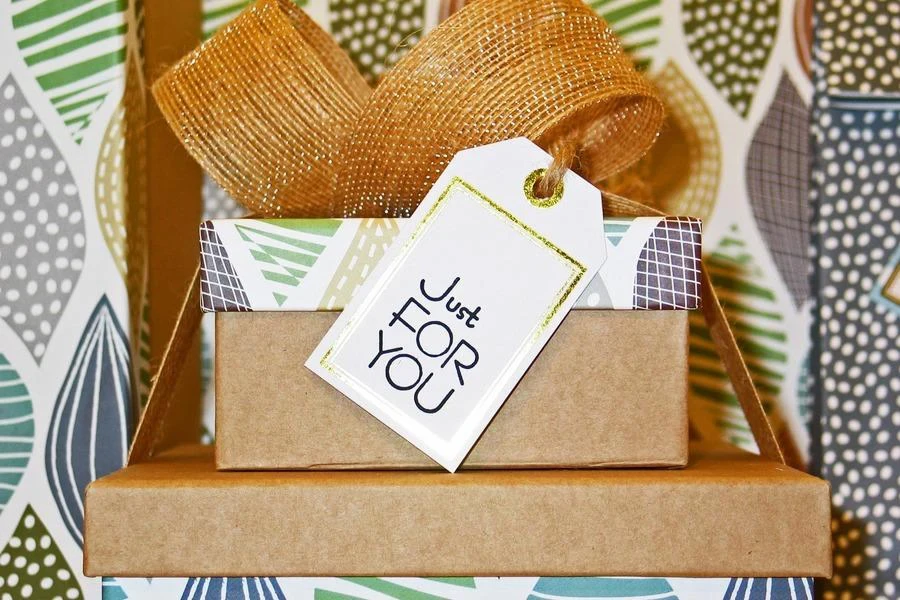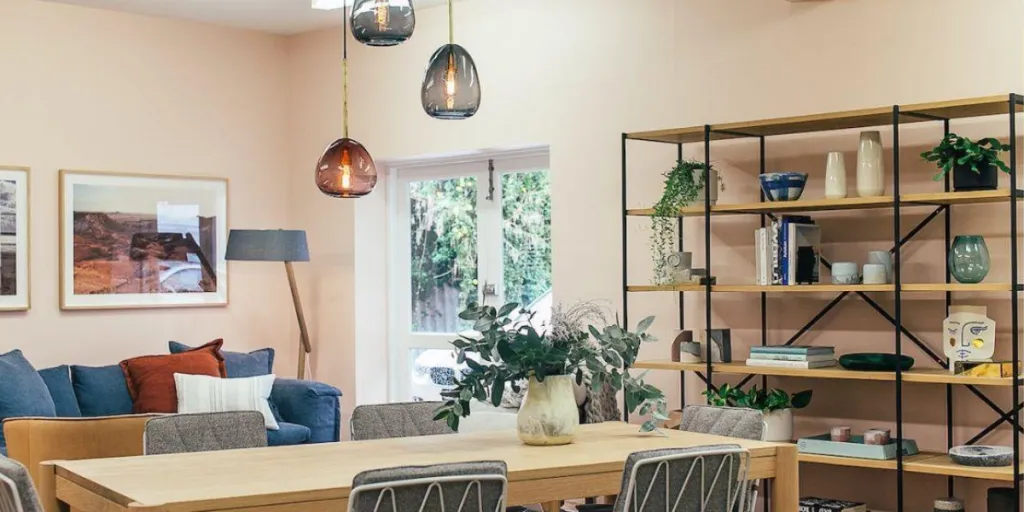Despite the increased adoption of digital media, traditional greeting cards continue to sell in huge numbers. According to the Greetings Card Association, 9 out of 10 American households buy greeting cards each year, leading to approximately 6.5 billion card sales. However, there has been a significant transition towards eco-friendly greeting cards due to the increasing consumer awareness of the impact of their choices on the environment. This has resulted in growing market potential and business opportunities for brands selling minimalist and environmentally friendly greeting cards.
People across the world use greeting cards for multiple purposes, from celebrating personal connections, holidays, special occasions or just simply sending heartfelt messages to loved ones. As a result, these cards are an integral part of the global consumer goods industry. However, businesses selling greeting cards must continuously adapt to new changes and developments to meet customer demands. This blog explores the various trends shaping the demand for minimalist and eco-friendly greeting cards, providing insights that aid business decision-making and strategizing.
Table of Contents
Greeting cards market overview
5 latest trends in the greeting card market
Final takeaway
Greeting cards market overview

The global greeting card market was valued at US$ 20,662.3 million in 2023 and is projected to grow at a compound annual growth rate (CAGR) of 0.9% between 2023 and 2030. The traditional card segment dominated this market, accounting for 75.76% of the total revenue. Women purchase and spend more on greeting cards, accounting for 80% of the total greeting card market.
North America dominates the global market for greeting cards, with an estimated market value of US$ 5.1 billion. Asia Pacific region is the second largest market for greeting cards, with an estimated market growth rate of 1.9% CAGR between 2023 and 2030. China, Japan, and India will lead the market in this region at a CAGR of 1.3%, 1.6%, and 2.2%, respectively. Europe is another key market with demand for greeting cards driven by the celebration of love in various cities such as Paris, Venice, Amsterdam, Vienna, and Prague.
Various factors are driving the increased demand for greeting cards, including:
- Expanded use of greeting cards for non-traditional occasions
- Seasonal celebrations such as christmas holidays and special occasions like anniversaries drive greeting card demand
- Consumer preferences for personalized and unique greeting cards
- The rise in eco-conscious consumers has led to increased demand for eco-friendly greeting cards
- Integration of advanced technologies that make greeting cards more interactive and engaging
5 latest trends in the greeting card market

The greeting card industry is undergoing a transformative shift as businesses adapt to changing consumer preferences and embrace new technologies. For instance, consumers are opting for eco-friendly and personalized cards with interactive features. This has led to a diverse range of trends, including:
Eco-friendly and minimalist options
Modern-day card lovers are opting for eco-friendly and minimalist greeting card alternatives. This shift can be associated with the increased global demand for sustainable consumer goods, which has increased by 71% in the last 5 years.
Eco-friendly cards are often made from recycled paper or FSC-certified cardstock, which reduces the need for new resources, energy consumption, and waste. Unlike traditional cards that use non-biodegradable elements such as synthetic inks or plastic coatings, eco-friendly options use biodegradable materials such as water-based coatings and vegetable-based inks.
In addition, these consumers are purchasing clean and simple designs. These minimalist card options are characterized by an increased focus on typography, muted colors, and clean lines. They provide an elegant look that appeals to most modern-day consumers.
Watercolor designs

Watercolor designs are becoming increasingly popular as greeting card designers strive to create unique and artistic cards. They include intricate designs and images of elements such as flowers, birds, animals, rainwashed streets, or even famous singers or actors. These watercolor greeting cards can be customized based on each client’s interests, thereby making them more personalized and appealing to those who appreciate visually appealing illustrations.
Personalization
Personalized greeting cards are meant to make the recipient feel special. Adding elements such as the recipient’s name or pictures, handwritten messages, or photos of their pets can improve the emotional impact of the message. This approach creates a sense of intimacy and relevance, resulting in more meaningful and memorable experiences for both the sender and recipient.
McKinsey & Company report found that companies that excel in personalization record 40% more revenue growth. In addition, 71% of customers expect personalization from brands and businesses they buy from and 76% get frustrated if they don’t get personalized offers. Customization in greeting cards helps ensure that the cards are tailored to individual preferences and provide personalized experiences.
Interactive elements
Greeting card designers and manufacturers are incorporating interactive elements, such as augmented reality (AR), QR codes, and interactive flaps. These interactive cards have become increasingly popular in recent years. A report found that 30% of customers now prefer greeting cards with sound and light fixtures.
These interactive elements are used to trigger multimedia content, such as audio or video messages, that improve the recipient’s overall experience. For instance, users receive physical cards with an embedded QR code that they scan to access personalized messages for special occasions such as birthdays or anniversaries.
Occasions beyond traditional events

Recent trends show a diversified use of greeting cards that go beyond traditional occasions like birthdays, anniversaries, and holidays. Nowadays, people are using these cards to celebrate non-traditional moments like graduation, a new baby, job promotions, and other accomplishments, and even just to show gratitude or encouragement or send ‘get well soon’ messages. This expansion has resulted in increased demand for greeting cards and created the need for businesses to expand their card offers to meet consumers’ diverse needs.
Final takeaway
Contrary to what people may believe, the greeting card industry is far from fading away. Instead, it is evolving and thriving as manufacturers and designers blend traditional paper cards with technological innovations. Other factors supporting the continued growth of the greeting card market include the increased use of eco-friendly materials and minimalist and watercolor designs. In addition, brands offering personalized cards while also integrating interactive elements and expanding card offers beyond traditional occasions are thriving. Therefore, adopting these trends and modifying greeting card offers accordingly can help businesses improve their performance and stand out in the market.








